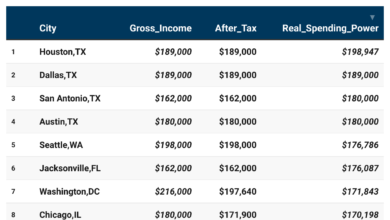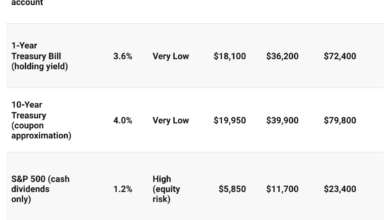Employers are reducing the number of summer job postings, indicating a another signal slowdown in the economy

According to a prominent job site in the country, there is a decline in the demand for temporary workers and interns this summer, indicating a potential normalization of Canada’s tight labor market. This shift comes after a period of robust growth lasting two years.

According to a report released on May 18th, Indeed, the web-based hiring platform operated by Recruit Holdings Co. Ltd., reported a 17% decrease in summer job postings compared to 2022. Similarly, advertisements for internships experienced a decline of 19%.
The report indicates that total Canadian job postings were down 21 percent during the week of May 12, compared to the previous year. Despite strong hiring activity in 2022, even during a period of high inflation peaking above eight percent in June, the current labor market is showing signs of being affected by increased costs and interest rates. This observation comes from economist Brendon Bernard of Indeed.
According to Bernard, the significant surge in hiring and job opportunities has been waning in the past year. Although there has been a decrease in demand for traditional summer positions like camp counselors, it still remains higher than pre-pandemic levels.
The report states that summer job postings are 55 percent higher than they were in 2019, and internships have increased by 18 percent compared to that year.
Bernard mentioned that it is no longer the extraordinary job-seekers’ market that prevailed last year.
Despite a significant increase of 4.25 percentage points in the benchmark interest rate by policymakers over the course of a year, Canada’s labor market has surprisingly remained tight. Additionally, high inflation has failed to alleviate this situation.
The hiring cycle for internships typically differs from that of summer jobs, with recruitment primarily taking place during the fall and winter. Although internships had a promising start in 2023, there has been a subsequent decline in available opportunities, particularly in “white collar” sectors like technology, marketing, and finance, as observed by Bernard.




